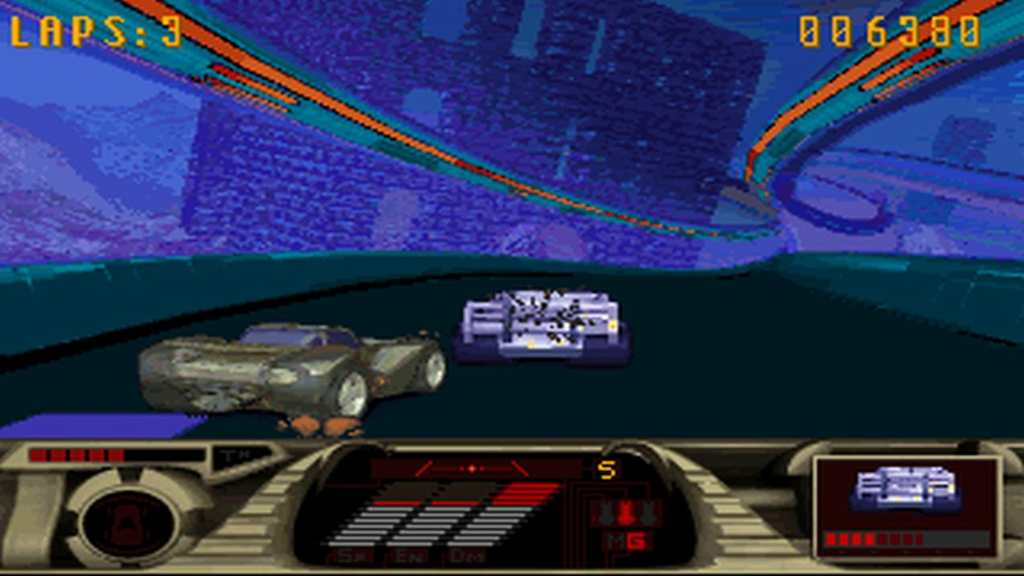Video games change faster than most players can keep up. Titles that were groundbreaking in the 1990s often feel strange or awkward today. Controls that once seemed intuitive can feel stiff. Graphics that were impressive can appear dated. Humor that felt edgy or comical at the time may now feel out of place. Some games became classics because they hit the market at the perfect moment. Releasing them today would likely produce a very different reaction (if any at all).
Videos by ComicBook.com
Even with modern upgrades, not every classic can survive in today’s wild market. Nostalgia may spark interest for a week or two, but it rarely sustains long-term engagement. In reality, players now expect games to feel polished and purposeful, often criticizing even the smallest perceived mistakes by developers of today’s modern market. With that in mind, the following three titles would probably struggle pretty hard if released in 2025. Each section considers both AAA and indie-style approaches and explains why timing, mechanics, and audience expectations are crucial.
3. MegaRace (1993)

MegaRace was the kind of game that could only have thrived in the early 1990s. Its world was a neon fever dream of pixelated highways, pre-rendered cityscapes, and a loud, overconfident host named Lance Boyle shouting about “virtual car combat.” The concept was simple: race, shoot, and survive. What made it memorable wasn’t the gameplay but the spectacle. The pre-rendered FMV tracks looked futuristic at the time, and Boyle’s bizarre commentary gave the game a surreal energy that stuck in players’ minds. It was strange, stylish, and undeniably a product of its era.
That same design, however, would be its downfall today. Players now expect seamless camera control and physics that react naturally. MegaRace was never built for that, and if one were to be developed with that stuff in mind, well, it would be taking away from the original’s vision. The illusion of speed worked in 1993, but modern audiences would immediately see the game for what it actually was: a guided tunnel racer with barely any depth. The humor that once felt quirky would now border on annoying. Lance Boyle’s in-your-face energy might come off as cringeworthy rather than charming. Even with new graphics, the structure of the game offers too little interactivity to compete with modern racers. Twisted Metal, a game that was released on the original PlayStation, already fully eclipsed MegaRace back in the 90s.
A AAA remake would likely crash and burn very quickly. To succeed, it would need to reinvent itself almost entirely, abandoning the FMV gimmick that defined it. But if that gimmick disappears, so does its identity. As an indie release, MegaRace could perhaps embrace the retro aesthetic, doubling down on the camp factor and self-awareness. Still, the risk of being written off as “style over substance” would remain. Nostalgia might attract a brief audience, yet the shallow mechanics and limited replay value would quickly send them looking for something else to play.
2. Duke Nukem 3D (1996)

Duke Nukem 3D is remembered for its extremely over-the-top humor and a personality that filled every corridor. The violence is nothing compared to today’s standard and is, thus, still acceptable, but the jokes and hyper-masculine attitude would likely draw cultural criticism. Much of the game relied on sexual innuendo, and releasing the game without changes could make it feel outdated or socially tone-deaf. Fans of the original might forgive much, but new players would very much be less forgiving. The game offers nothing that modernized shooters haven’t already been offering for years now.
Releasing Duke as an AAA remake would be incredibly risky, as previously foreseen by the disastrous release of Duke Nukem Forever. A smaller, nostalgia-focused remaster could likely work better in this case, but new players would likely not be interested in anything the game has to offer. Simply updating combat and controls while keeping the game’s chaotic energy could satisfy fans of the series without alienating them, but any hope of drawing in a new playerbase is for naught. A smaller, indie-style release could allow developers to embrace Duke Nukem’s over-the-top personality while avoiding the pressure to appeal to everyone, but as mentioned earlier, even the indie space has grown highly competitive.
To add, Duke Nukem himself would not be seen in a positive light in today’s society. Innuendos aside, Duke is very much a one-dimensional character and dialogue, and he offers nothing memorable that allows him to stand next to modern gaming protagonists. As a game, Duke Nukem 3D also struggles with level clarity. Some maps are confusing, key items are hidden, and enemy difficulty can spike suddenly. Modern players expect smoother difficulty curves and clearer objectives, or they’ll simply turn the game off and move on to the next. Updating these elements without removing the game’s personality is tricky, but it is possible in a smaller-scale release. Is it worthwhile, though, especially with a failed attempt at modernizing already on the shelf? Probably not.
1. Earthworm Jim (1994)

Earthworm Jim was beloved for three main things when it was originally released: absurd humor, cartoonish violence, and eccentric characters. Its levels were strange and oddly challenging, often requiring trial-and-error gameplay, which is not exactly looked upon fawningly unless cleverly disguised. The series went on to spawn a sequel and a 3D spin-off, but today, these elements could frustrate players accustomed to tighter mechanics. The humor might need small updates, but it would not prevent a release. Without modern enhancements, the game would mainly attract players familiar with the original. New players might appreciate the visuals, but the gameplay would feel highly restrictive, especially to modern classics like Ori and Silksong.
Another big problem is that the Earthworm Jim franchise lacks strong name recognition compared to modern, contemporary platformers. A straightforward remake heavily risks being totally overshadowed by newer titles with modern polish. Like the other games on this list, an indie-style revival offers a better approach and a better chance of becoming somewhat successful, but just improving controls, updating graphics, and adding levels that can maintain the game’s charm probably won’t be enough for the modern gamer to even consider looking in its direction. There’s not much that new players will likely find unique about Earthworm Jim that other modern platforms have not already perfected. This is simply because time has moved forward, and platforming is now a sophisticated art form that, if not done, quickly frustrates. The quirky mechanics could be appealing if modernized carefully, but the aforementioned risks remain a constant threat for this title.
Earthworm Jim also reveals how an outdated design can completely sink a game in today’s market. Players expect clear objectives and steady progression, not confusion disguised as charm. Jim’s chaotic world, once celebrated for its absurdity, would now feel messy and directionless. The lack of structure would frustrate players long before nostalgia could set in. Even if indie developers added collectibles or extra challenges, those updates wouldn’t fix the game’s core problem: it was built for a different era of platforming that just does not exist anymore. The result would likely be a short-lived curiosity rather than a lasting success, quickly forgotten once the novelty wore off.
What do you think? Leave a comment below and join the conversation now in the ComicBook Forum!









